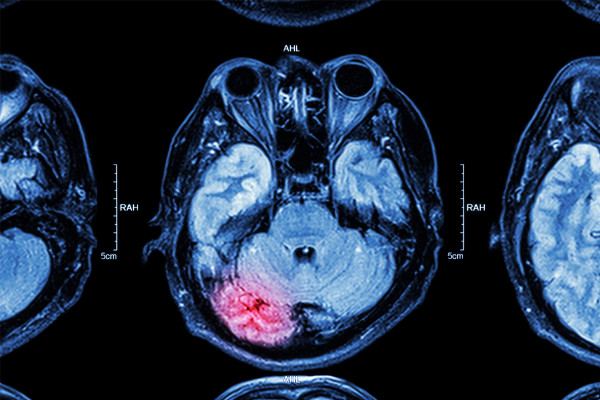I want to receive new articles by email
The Bionic Eye
By Michelle Robertson
Total blindness may become a thing of the past thanks to a major scientific breakthrough that is being called ‘the bionic eye’. The key to this revolutionary system is the process of ‘optogenetics’ which bypasses the normal way that the brain creates vision. Normally your eye absorbs light from the outside, and photoreceptors in the eye convert that light into electrical impulses that are sent to the brain. The brain then matches this signal with what it has in memory and creates the image that you ’see’.
The ‘Bionic Eye’ works for people who do not have this normal system of sight. First a series of tiny tiles that are filled with electrodes are implanted within the user’s brain. A camera – mounted on a pair of glasses – absorbs the light from what is being looked at, and feeds that information to a pocket-sized processor worn by the user. This device stimulates the electrodes in the implanted tiles which creates flashes of light. These dots of light are similar to the pixels that you see on your computer, and the pixels create an image for the user.
If all goes to plan the tiles will provide around 500 pixels and that’s enough to create a simple image. It is much weaker than the image a normal eye can produce, but it’s enough to restore the basic elements of sight for people who previously were blind. “The processor is like a cartoonist,” said the developer of the technology, Arthur Lowery. “It has to represent a complex situation with minimal information. If all goes to plan, the blind volunteers will wake up with a crude sense of vision.” The first operations to test the bionic lens on humans began at the end of 2016.






